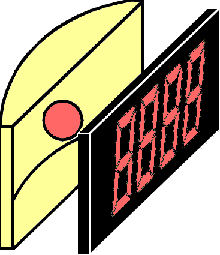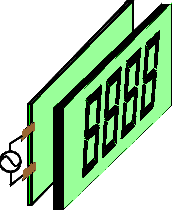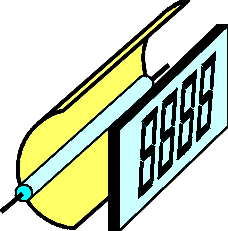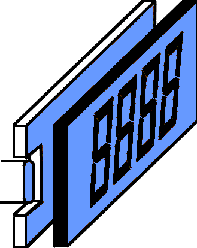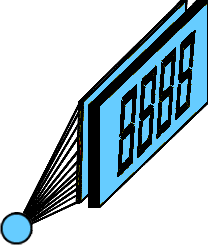|
LCD Backlighting
|
|
When backlighting an LCD, the choice
comes down to appearance vs. cost. Each approach has
its advantages and disadvantages, and the method that is right
for for one application may not be right for the next.
The main considerations for each technology are:
|
|
|
Incandescent - Incandescent lights are very bright, however they generate a significant amount of heat, but give better performance at very low temperatures where they act as a heater. They can provide very white light, but the color can change with the supply voltage, and they are sensitive to shock and vibration. The current consumption is very high, while the price is generally very low. |
|
|
Electroluminescence - Electroluminescence is a solid state phenomenon that uses colored phosphors to generate light. The main advantages to EL backlights are extremely low current requirements, very low heat generation, and output uniformity. The biggest drawback to an EL panel is that it requires an inverter that draws high current (about 60ma) and takes up board real estate. The half brightness associated with EL backlights needs to be taken into consideration for a reliable long-life design. |
|
|
Fluorescent - Fluorescent backlights offer very long lifetimes with low heat and low power consumption. They also require an inverter which draws relatively high current. The colors do not change with a slight decrease in supply voltage, and they can withstand shock and vibration very well. Cold weather operation is a problem, and appropriate measures should be taken to avoid cold conditions when using fluorescents. |
|
|
LED - The main advantages of LED backlighting are its long life along with low cost. The light provided by LED's tends to be rather uneven, and if a suitable light pipe or diffuser is used the lighting can become much more uniform. We can offer a few tips to help with your diffuser designs to greatly increase diffusion without sacrificing to much light. Please call our applications engineering department for assistance. |
|
|
Woven Fiber Optics - Fiber optics provides an extremely uniform backlight, without the need for an inverter. The lifetime is dependent on the type of bulb used, with LED sources providing 5000 to 100,000 hours. The bulbs themselves are usually mounted away from the LCD where they can be easily replaced when necessary. Woven fiber optic panels tend to be very expensive, but the uniformity and brightness are worth the extra cost for some applications. |

